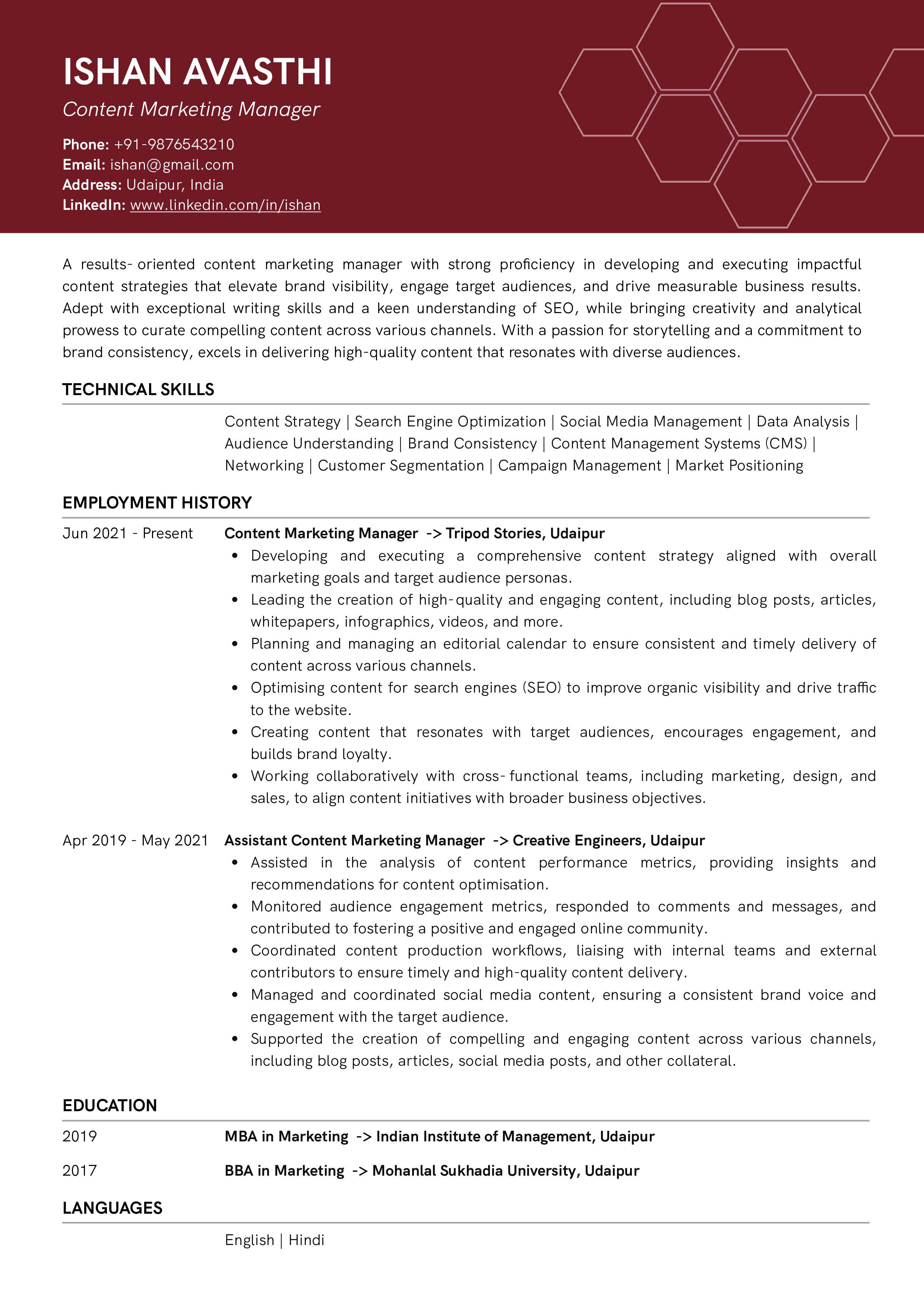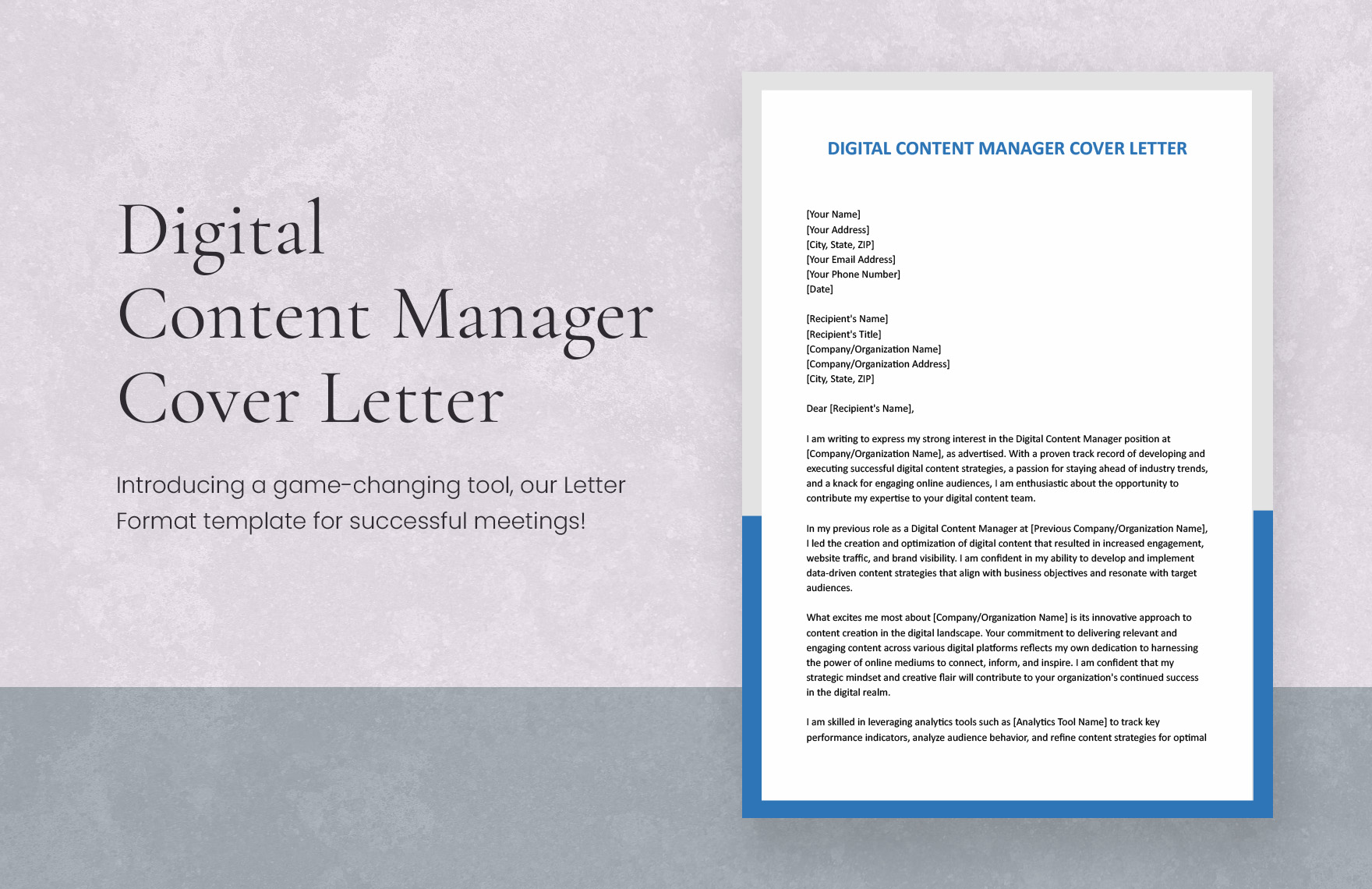Engaging content captivates readers and encourages interaction. Focus on clarity, relevance, and emotional connection to keep audiences interested.
Creating engaging content for online audiences requires a blend of creativity, strategy, and understanding of your target readers. Start by identifying your audience’s interests and pain points. Craft headlines that grab attention instantly and use compelling visuals to enhance your message.
Break up text with subheadings, bullet points, and short paragraphs to make content easily scannable. Incorporate storytelling to make the content relatable and memorable. Encourage interaction by posing questions, inviting comments, and using call-to-action phrases. Regularly update and optimize your content to maintain relevance and improve search engine rankings. This approach ensures that your content remains engaging and valuable to your audience.
Know Your Audience
To write engaging content, you must first know your audience. Understanding who they are and what they want is crucial. This helps you create content that resonates with them and keeps them coming back.
Identify Demographics
Start by identifying the basic demographics of your audience. This includes:
- Age: Are they young adults, middle-aged, or seniors?
- Gender: Is your content aimed at men, women, or both?
- Location: Where do they live? This can influence language and topics.
- Income Level: Are they students, professionals, or retirees?
Use tools like Google Analytics to gather this data. You can also conduct surveys or use social media insights. This data helps you tailor your content effectively.
Understand Interests
Next, understand the interests of your audience. What topics do they care about? Consider these:
- Hobbies: What do they enjoy doing in their free time?
- Profession: What field do they work in or study?
- Challenges: What problems or questions do they have?
Use keyword research tools to find popular topics. Social media listening can also provide insights. Knowing their interests helps you create content they find useful and engaging.
By identifying demographics and understanding interests, you can connect with your audience. This makes your content more engaging and effective.
Craft Compelling Headlines
Crafting compelling headlines is crucial for engaging content. A great headline attracts readers instantly. It sets the tone for the entire piece. To grab attention, follow these tips.
Use Power Words
Using power words can make your headlines more impactful. Power words evoke emotion and curiosity. They can turn a bland headline into a captivating one. Here are some examples:
- Unbelievable Secrets to Success
- Essential Tips for Writing Better
- Ultimate Guide to Online Marketing
These words make readers want to click and read more. Use them wisely to enhance your headlines.
Keep It Short And Sweet
A short and sweet headline is easier to read. It grabs attention quickly. Aim for 6-8 words if possible. This makes it easy to scan and understand. For example:
| Long Headline | Short Headline |
|---|---|
| Discover the Best Practices for Writing Compelling Blog Posts | Best Practices for Blog Posts |
| How to Create Engaging Content that Captures Attention | Create Engaging Content |
Shorter headlines perform better in search results. They are also more likely to be shared on social media.
Focus On Value
To write engaging content, always focus on value. Your readers should feel they gain something valuable. Content that solves problems or provides useful information keeps audiences hooked.
Solve Problems
People search online to find solutions to their problems. Your content must address these issues directly. Here are ways to do it:
- Identify common problems in your niche.
- Provide step-by-step solutions.
- Use real-life examples to illustrate your points.
For example, if your blog is about gardening, discuss common gardening problems. Explain how to fix them with simple instructions. This approach helps your audience and keeps them engaged.
Provide Useful Information
Useful information keeps readers coming back. Share tips, tricks, and insights that they can use immediately. Here are some ideas:
- Create how-to guides.
- Share industry news and updates.
- Offer expert advice.
For instance, in a tech blog, write about the latest software updates. Explain how they improve user experience. This keeps your readers informed and engaged.
| Content Type | Example |
|---|---|
| How-to Guides | How to Grow Tomatoes |
| Industry News | Latest Tech Trends |
| Expert Advice | SEO Tips for Beginners |
Remember, focusing on value creates engaging content. It solves problems and provides useful information. This makes readers trust your expertise and keeps them coming back for more.

Credit: blog.hubspot.com
Use Visuals Effectively
Writing engaging content involves more than just words. Visuals play a significant role in capturing the reader’s attention. They break up text and make your content more digestible. Learn how to use visuals effectively with our tips below.
Incorporate Images
Images make your content more appealing. They help to illustrate your points. Use high-quality images to catch the reader’s eye. Choose images that are relevant to your content. Avoid using generic stock photos. Custom images can make your content unique.
- Use images that relate directly to your text.
- Ensure images are high-resolution.
- Add alt text to each image for SEO benefits.
Add Infographics
Infographics convey complex information in a simple way. They are visually engaging and help readers understand data quickly. Create infographics that summarize key points. Use colors and icons to make them attractive. Infographics can be shared easily on social media.
- Identify the key data points you want to highlight.
- Design your infographic with a clear structure.
- Use contrasting colors to make it eye-catching.
| Visual Type | Purpose | Best Practices |
|---|---|---|
| Images | Illustrate and enhance text | High resolution, relevant, custom if possible |
| Infographics | Summarize complex data | Clear structure, vibrant colors, shareable |
Write In A Conversational Tone
Writing in a conversational tone helps connect with your readers. It makes your content more relatable and engaging. People enjoy reading something that feels like a chat with a friend.
Use Simple Language
Using simple language keeps your content easy to understand. Avoid complex words and jargon. Short sentences work best. Here are a few tips:
- Use everyday words.
- Keep sentences short.
- Break down complex ideas.
| Complex Words | Simple Alternatives |
|---|---|
| Utilize | Use |
| Commence | Start |
| Terminate | End |
Engage With Questions
Asking questions keeps readers engaged. It makes them think and interact. Questions can also guide your content flow. Here are ways to use questions:
- Start with a question: “Do you want to write better content?”
- Use questions to introduce new ideas: “What makes content engaging?”
- End with a question to invite comments: “What are your thoughts?”
Questions help create a dialogue with your readers. This makes your content more interactive and enjoyable.

Credit: www.digitalfirst.ai
Optimize For Seo
Writing engaging content is important. Equally important is optimizing it for SEO. This helps your content reach more people. Proper SEO can boost your website’s visibility on search engines. Here are key strategies to optimize your content for SEO.
Use Keywords
Keywords play a vital role in SEO. They help search engines understand your content. Use them naturally within your text. Here are some tips:
- Research relevant keywords.
- Use long-tail keywords for specificity.
- Include keywords in headings.
- Place keywords in the first 100 words.
Don’t overuse keywords. This can lead to keyword stuffing. Write for humans, not just for search engines.
Include Meta Descriptions
Meta descriptions summarize your content. They appear under your page title on search results. A good meta description can increase click-through rates. Here’s how to craft effective ones:
- Keep it under 160 characters.
- Include your main keyword.
- Write a compelling call-to-action.
Here is an example of a good meta description:
| Element | Example |
|---|---|
| Main Keyword | Engaging Content |
| Meta Description | Learn how to write engaging content for online audiences. Boost your SEO and reach more readers! |
By optimizing your content, you can make sure it reaches a wider audience. Focus on using keywords and crafting good meta descriptions.
Encourage Interaction
Engaging content is key to capturing your online audience’s interest. One crucial aspect is to encourage interaction. Interaction keeps readers engaged and coming back. Let’s explore how to do this effectively.
Add Call To Actions
Including Call to Actions (CTAs) in your content is essential. CTAs guide your readers on what to do next. Here are some tips:
- Place CTAs at the end of your posts.
- Use action verbs like “subscribe,” “join,” or “download”.
- Make the CTA button stand out with color.
For example, a CTA can look like this:
Subscribe Now
Respond To Comments
Responding to comments is vital for building a community. It shows your readers you value their input. Here’s how to do it effectively:
- Be timely: Respond quickly to keep the conversation going.
- Be respectful: Appreciate different opinions, even if you disagree.
- Ask questions: Encourage further discussion by asking follow-up questions.
Engaging in the comments can turn casual readers into loyal followers. It also increases your content’s visibility.
| Action | Benefit |
|---|---|
| Respond quickly | Keeps conversation active |
| Be respectful | Builds a positive community |
| Ask questions | Encourages more interaction |
By following these tips, you’ll foster a more engaged audience. This leads to increased loyalty and better content visibility.

Credit: resumod.co
Measure And Adjust
Creating engaging content is just the beginning. To keep your audience hooked, you must measure how well your content performs. Then, adjust your strategies based on this data. This process ensures your content always hits the mark.
Track Engagement Metrics
Tracking engagement metrics is crucial. These metrics show how your audience interacts with your content. Here are some key metrics to track:
- Page Views: Number of times your page is viewed.
- Time on Page: How long visitors stay on your page.
- Bounce Rate: Percentage of visitors who leave after viewing one page.
- Social Shares: Number of times your content is shared on social media.
- Comments: Number of comments on your posts.
Use tools like Google Analytics, social media insights, and comment plugins. These tools help track your metrics easily.
Refine Content Strategy
Once you have your metrics, it’s time to refine your content strategy. Follow these steps:
- Analyze Data: Look at which content performs best.
- Identify Trends: Spot trends in high-performing content.
- Adjust Topics: Focus on topics that get more engagement.
- Improve Format: Use formats that keep users engaged longer.
- Update Regularly: Regularly update your strategy based on new data.
Refining your strategy based on data keeps your content relevant and engaging. Always strive to improve. Keep an eye on your metrics and adjust accordingly.
Conclusion
Creating engaging content is crucial for capturing online audiences. Focus on clarity, relevance, and emotional connection. Use storytelling to make your points relatable. Keep your content concise and well-structured. Regularly update and optimize your work to maintain interest. Follow these tips, and your content will resonate with readers and boost your online presence.

